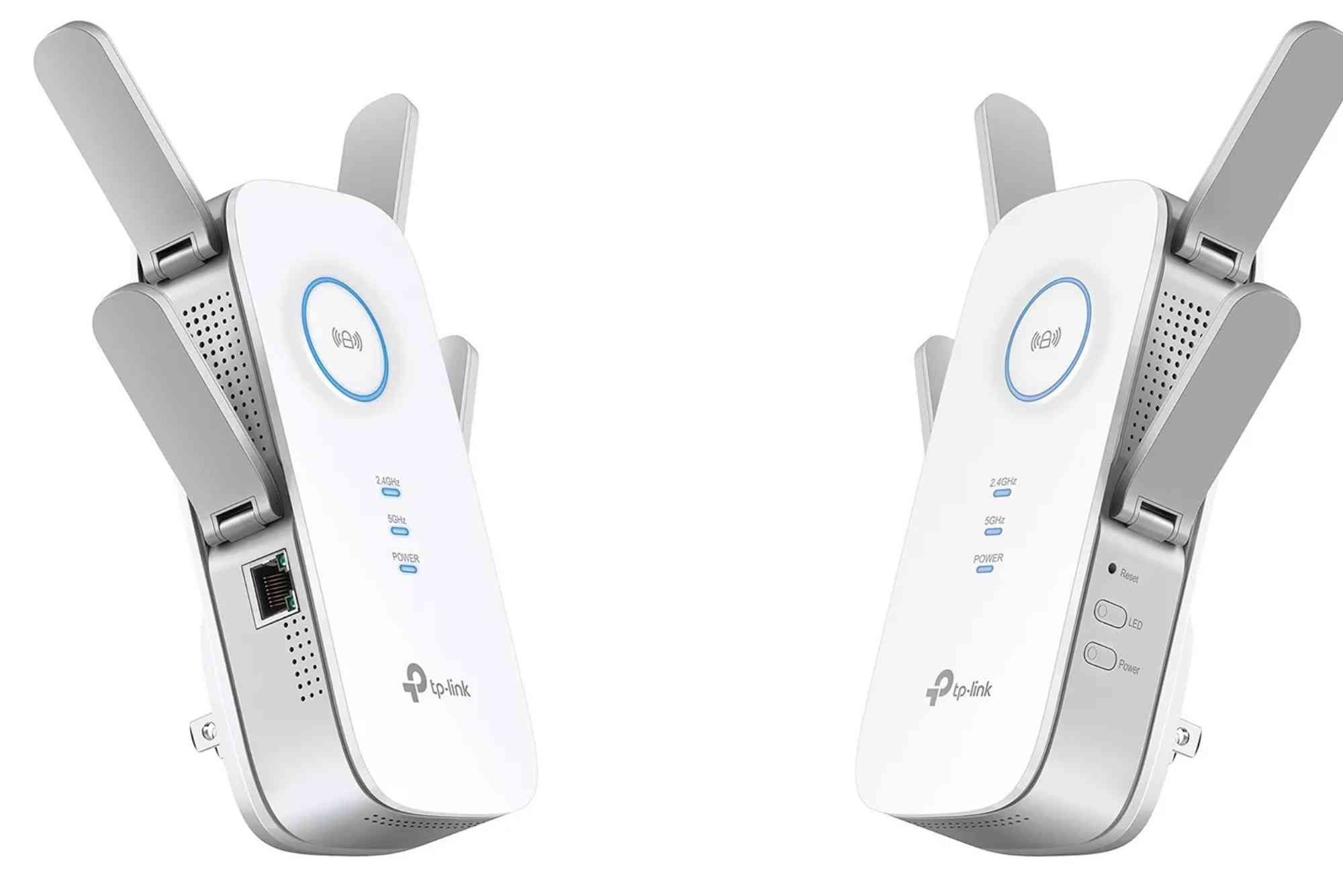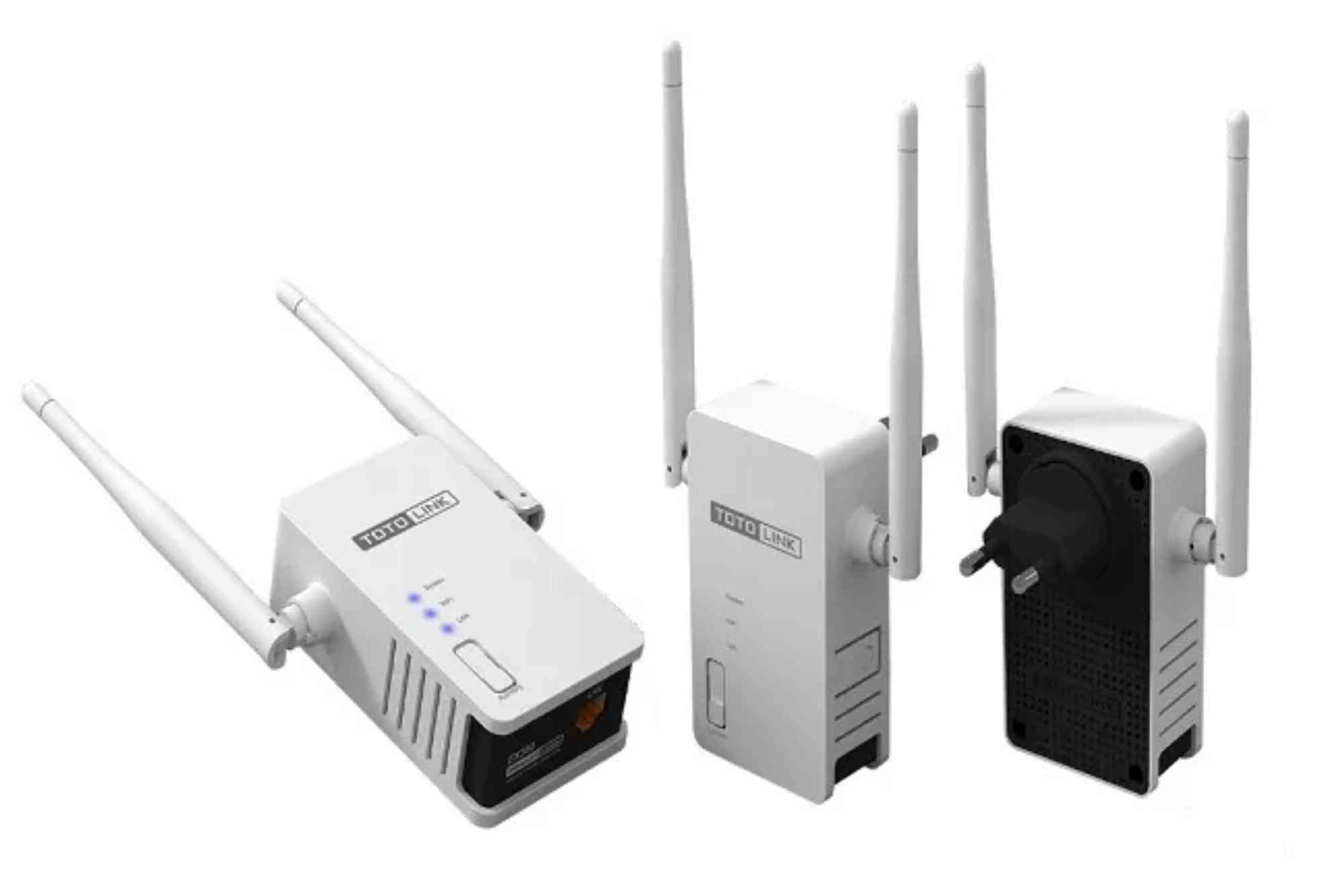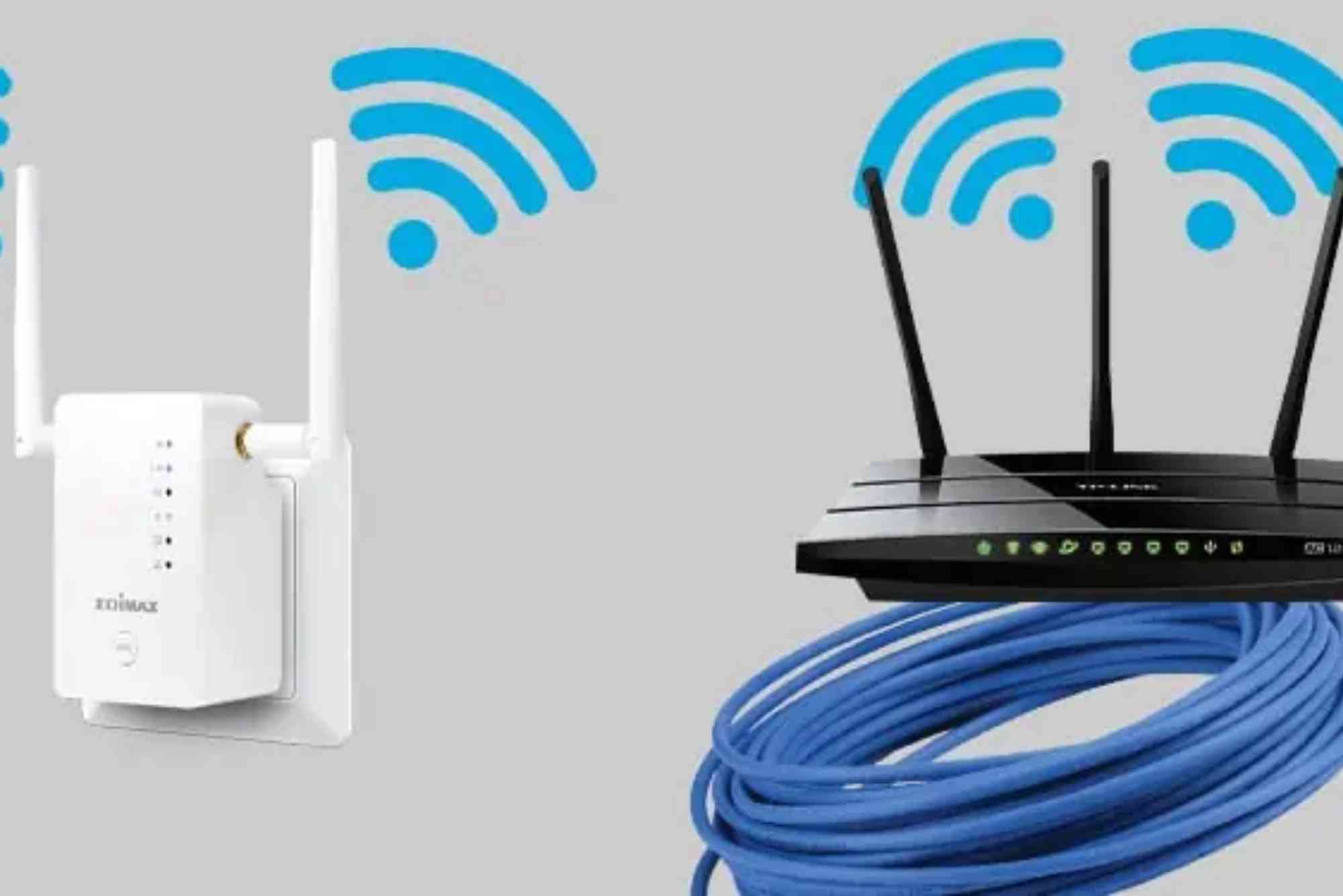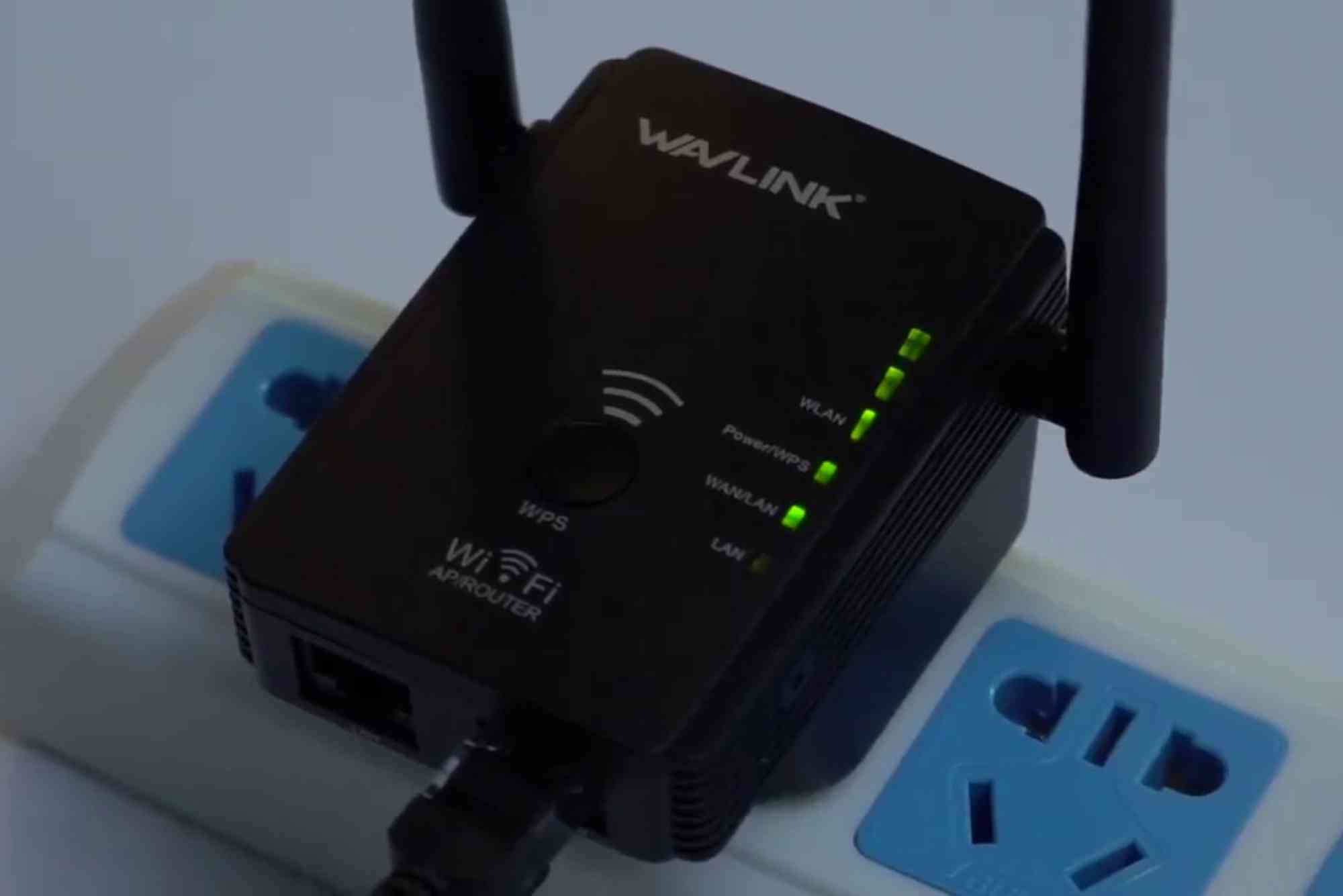Introduction
Understanding the Cisco 1941 router serial port in Packet Tracer is essential for students, network engineers, and IT professionals working with Cisco’s simulation tools. The Cisco 1941 is a widely used Integrated Services Router (ISR) in labs and simulations, especially when learning WAN configurations and serial communications.
This guide provides a comprehensive look at configuring and using the serial port on a Cisco 1941 router in Cisco Packet Tracer. It covers everything from adding serial interfaces to troubleshooting connections — perfect for beginners and advanced learners alike.
Cisco 1941 Router in Packet Tracer
Cisco Packet Tracer is a simulation tool developed by Cisco for networking students and professionals. It provides a virtual environment to design, configure, and troubleshoot network topologies without needing physical hardware.
The Cisco 1941 router is one of the most popular routers in Packet Tracer. It is equipped with various interfaces and slots for expansion modules, making it ideal for simulating real-world network setups.
However, one limitation you may encounter is the lack of pre-installed serial ports. Unlike older models like the 2811, the 1941 router does not come with built-in serial interfaces in Packet Tracer. But don’t worry — you can add serial ports manually through module configuration.
Why Serial Ports Matter
Serial ports play a vital role in Wide Area Network (WAN) connections, especially in lab environments where Point-to-Point Protocol (PPP), HDLC, and Frame Relay need to be tested.
They are also crucial when simulating leased lines and connections between remote offices. Without a serial interface, configuring these scenarios becomes impossible.
That’s why it’s important to know how to install and configure serial ports on the Cisco 1941 router within Packet Tracer.
How to Add Serial Ports to Cisco 1941 in Packet Tracer
To start using serial ports on a Cisco 1941 router, follow these steps:
Drag and Drop the Router
Open Cisco Packet Tracer, go to the routers section, and select the Cisco 1941 router. Drag it into your workspace.
Power Off the Router
Before adding modules, turn off the router by clicking the power button on the Physical tab. This is essential — you cannot add or remove modules while the router is powered on.
Add Serial Interface Module
Navigate to the available WIC slots in the router’s rear view. Click on one of the empty slots, and choose the HWIC-2T module. This module provides two serial interfaces, ideal for basic WAN simulation.
Insert the module and turn the router back on.
Verify Serial Interfaces
Click on the CLI or Config tab. You should now see Serial0/0/0 and Serial0/0/1 listed in the interface section. These are the two serial ports you can now configure.
Configuring Serial Interfaces for WAN Simulation
Once the serial module is installed, configuring the interfaces becomes similar to any other Cisco router.
Assign IP Addresses to Serial Interfaces
Each serial interface should be assigned an IP address within the same subnet to communicate effectively.
For example:
Router A:
RouterA> enable
RouterA# configure terminal
RouterA(config)# interface Serial0/0/0
RouterA(config-if)# ip address 192.168.1.1 255.255.255.0
RouterA(config-if)# no shutdown
RouterA(config-if)# clock rate 64000
Router B:
RouterB> enable
RouterB# configure terminal
RouterB(config)# interface Serial0/0/1
RouterB(config-if)# ip address 192.168.1.2 255.255.255.0
RouterB(config-if)# no shutdown
Set Clock Rate
The clock rate is only required on the DCE (Data Communications Equipment) end. Packet Tracer allows you to identify the DCE end by hovering over the connection. Usually, the DCE side sets the clock rate using:
clock rate 64000
Test the Connection
Use the ping command to verify connectivity between the routers. If everything is set up correctly, the routers should be able to communicate.
Troubleshooting Common Issues
Sometimes, even after proper setup, the connection doesn’t work. Here’s how to fix that:
Check Cable Connections
Ensure that you are using the serial DCE to DTE cable. In Packet Tracer, choose the correct cable and connect it between the serial interfaces.
Interface Status
Use the show ip interface brief command to check whether the interface is up and running.
Look for this:
Serial0/0/0 192.168.1.1 YES manual up up
If it shows “administratively down,” you need to enable the interface using no shutdown.
IP Configuration
Ensure both routers are within the same subnet. Even a small typo in the IP address can cause communication failure.
Module Compatibility
Always use HWIC-2T when working with the Cisco 1941 router. Packet Tracer may not support other serial modules for this model.
Real-World Application of Cisco 1941 Serial Port
In real networking environments, the Cisco 1941 router is often used for branch connectivity. Understanding serial configuration in a simulated environment helps students and professionals replicate WAN connectivity without needing physical routers.
It also allows you to practice important protocols like:
-
PPP (Point-to-Point Protocol)
-
Frame Relay (in older simulations)
-
HDLC (default Cisco serial encapsulation)
Knowing how to simulate these using the Cisco 1941 router serial port in Packet Tracer prepares you for practical certification exams like CCNA and CCNP.
Best Practices for Using Cisco 1941 Serial Ports
-
Always verify power status before adding modules.
-
Use appropriate serial cables (DCE/DTE) in your setup.
-
Set clock rate only on DCE interfaces.
-
Save configurations using
write memoryorcopy running-config startup-config. -
Label your topology for easy debugging in complex networks.
The Cisco 1941 router offers a versatile platform for learning, especially when combined with Packet Tracer’s simulation environment. Although the serial ports are not built-in, adding the HWIC-2T module is simple and effective for practicing WAN configurations.
Whether you’re preparing for exams or setting up test labs, knowing how to utilize the Cisco 1941 router serial port in Packet Tracer gives you a strong advantage.
For further technical support or guidance, visit the Dhanote IT Park Help Center to get assistance from IT professionals.
(FAQs)
What module do I need to add serial ports to a Cisco 1941 router in Packet Tracer?
You need to use the HWIC-2T module, which provides two serial interfaces. Add it by turning off the router, inserting the module in an empty WIC slot, and turning the router back on.
How do I know which side is DCE in a serial connection?
In Packet Tracer, hover over the serial cable. The end labeled DCE must have the clock rate configured. Use clock rate 64000 on that interface.
Why are my serial interfaces not showing up on the Cisco 1941?
If serial interfaces don’t appear, it’s likely the HWIC-2T module hasn’t been installed. Power off the router, add the module, then power it on again.
Can I use Cisco 1941 for PPP and HDLC configurations?
Yes. After adding the serial interface, you can configure PPP or HDLC using standard IOS commands such as:
encapsulation ppp
or
encapsulation hdlc
Does Cisco Packet Tracer support Frame Relay on the 1941 router?
Support for Frame Relay is limited in newer versions of Packet Tracer. Older models like the 2811 router are more reliable for Frame Relay simulations.
How do I test if the serial connection is working?
Use ping to test connectivity. Also run show ip interface brief to ensure both serial ports are “up up.” If not, troubleshoot with no shutdown and verify IP configuration.








